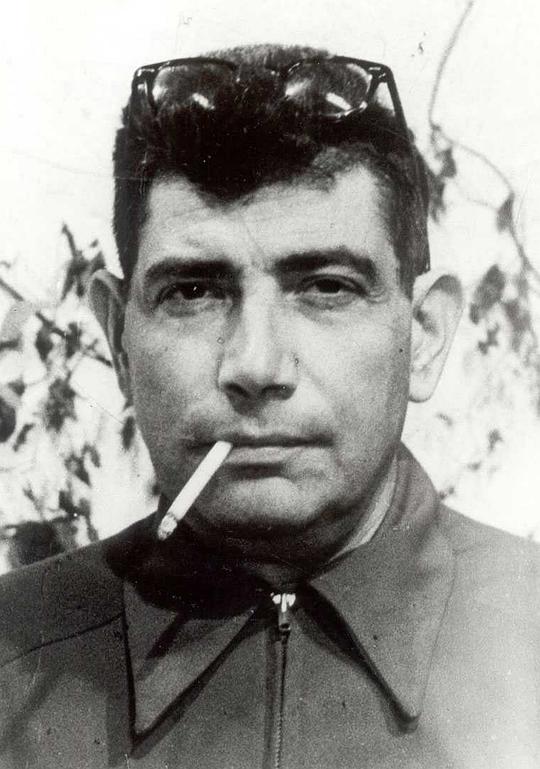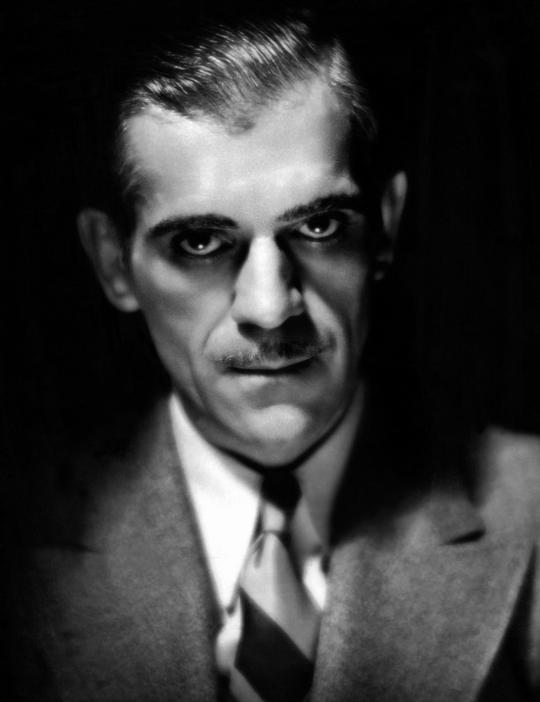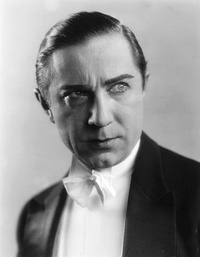黑猫 The Black Cat(1934)
简介:
- 在匈牙利渡蜜月期间,琼和皮特·阿里松在火车上的包厢里遇到了维图斯·维得嘎斯特。维得嘎斯特是一个彬彬有礼但又有点悲剧性格的人,他正要回到一个小镇,他在那里有一些重要的东西的要保护。后来他作为战犯作了十五年的监狱。当他们的旅行汽车在一座上因为暴风雪而崩溃毁坏的时候,琼受了伤。同行的旅行者搭建了一个简易的房子等待救援队的到来。这个建议的房子位于一片曾经浴血的战场上,这片战场因为建筑师哈尔马·珀尔奇格而著称。在这座简易的房子里,维得嘎斯特知道了他的妻子的命运,并且为他失去的女儿痛心不已,此时,她必须与阿里送下一盘重要的棋……
演员:
影评:
Title: The Black Cat
Year: 1934
Country: USA
Language: English
Genre: Adventure, Crime, Horror
Director: Edgar G. Ulmer
Writers: Peter Ruric, Edgar G. Ulmer
Music: Heinz Roemheld
Cinematography: John J. Mescall
Editing: Ray Curtiss
Cast:
Boris Karloff
Bela Lugosi
David Manners
Julie Bishop
Lucille Lund
Egon Brecher
Thamal
Henry Armetta
Albert Conti
Rating: 6.6/10

Title: Detour
Year: 1945
Country: USA
Language: English
Genre: Crime, Drama, Film-Noir
Director: Edgar G. Ulmer
Screenwriter: Martin Goldsmith
Music: Leo Erdody
Cinematography: Benjamin H. Kline
Editing: George McGuire
Cast:
Tom Neal
Ann Savage
Edmund MacDonald
Claudia Drake
Pat Gleason
Esther Howard
Tim Ryan
Rating: 7.4/10

A double bill of two most famous films of the erstwhile B-movie auteur Edgar G. Ulmer, THE BLACK CAT is a psychological horror corralling Boris Karloff and Bela Lugosi for the first time and DETOUR, made one decade later, is a shimmering film noir of a down-on-the-luck man’s contrite confession.
THE BLACK CAT, Ulmer’s second movie made in Hollywood, sensationalized as “Dracula versus Frankenstein”, was a box office hit for Universal studio. Two icons of horror genre are at loggerheads, Karloff plays Hjalmar Poelzig, a mad Austrian architect who has a morbid propensity of preserving hair-raised cadavers of beautiful women, and Lugosi is Vitus Werdegast, an Austrian doctor who has a vehement phobia of cats, the two were once comrades in arms in WWI, but Werdegast now returns with a vengeance.
The story touches on the horror of warfare, necrophilia, incest, drug-induced hallucination, male rivalry, jealousy and Satanism, but most of which is lost in the silly plot, burdened by grafting two wholesome, nondescript American newlyweds, Peter and Joan Allison (Manners and Bishop, incidentally, the former is another closeted actor in Hollywood) into the foray. And its prefabricated sets of jerrybuilt communicating rooms are too far-fetched to be ‘30s continental vernacular, not to mention Poelzig is supposed to be a famed architect, his dwelling only shrieks otherwise.
If Peter and Joan represents audience’s moral compass, the good doctor/mad architect dichotomy soon gets obscure, there is a faint coloration of perverseness underneath Werdegast’s urbanity which is alarming, why he cannot help stroke Joan’s marcel wave? Is he cut from the same clothes like the sinister Poelzig? Like his undue fear of cats, Werdegast has an unsound mind, ravaged by inexpressible torment during the war, when his sole raison d’être is shattered into smithereens, his undoing is as cut-and-dried as Poelzig’s, sardonically, it is his American ally’s bullet that puts him out of his own misery.
After years of cranking out the so-called “Poverty Row” pictures, Ulmer spits out his contempt of Hollywood in DETOUR, when good girl Sue (Drake) decides “I want to try my luck in Hollywood”, “That’s the most stupid thing I ever heard of.” retorts her boyfriend Al Roberts (Neal). The film is told in media res, with a surly-looking Al recalls his ill-fated cross-country hitchhiker journey to join Sue in L.A..
Basically DETOUR is about a straight-up man’s entire life takes a U-turn after a wrong decision, but by making this decision seem inevitable, we are press-ganged to suspend our disbelief of not one, but two accidental deaths that leave Al the most luckless guy ever (yeah, you are still breathing, at the very least!). As a down-trodden saddo, Al is also a subpar average Joe, regarding the instance when he tries to sell the car, after planning it for half of the journey behind the wheel, he doesn’t know the car’s insurance policy, not even bothers to check the documents left in the glove compartment, so can we take it for granted his confessional screed, his “I’m such a miserable innocent” alibi? Al is a sentimental weakling, those who are prone to take the low road under the pretense that they are left no other options in a cynical world. And for once, a man like him is stripped down to his plenary wretchedness.
Neal has a perfectly befitting hangdog face as the submissive doormat, especially when he is pit against a vituperative Vera (Savage), who is an unqualified femme fatale, but Savage plays her with neither glamor nor coldness, instead, her Vera is full of venom and vim, her rapid-fire dominance and resolute blackmail are phenomenal to behold, as if her sole existence is to dare Neal to murder her, she is anathema, and Savage accomplishes this role with flying colors, are you not menaced by her indefatigable aggression?
Both features run a bit over an hour, tautly structured to hook our attention, and both are made with shoestring budget, what distinguishes is Ulmer’s astute perception of atmosphere and rhythm, THE BLACK CAT has two dueling forces in the center, but so far-off from a conventional grisly fare, what packs a punch is the evil lurking in the shadows, darkness, or even lacuna, like Werdegast’s scalpel piercing through Poelzig’s naked skin, off screen of course, but the psychogenic chills, heightened by the swelling music, are the real deal. As for DETOUR, it has a more cohesive narrative core and produces more resonance in its moralization, while Ulmer’s skillful compositional syntax can be perceived from almost every shot, B-level production, but A-level delectation.
referential entries: James Whale’s THE OLD DARK HOUSE (1932, 6.7/10); Erle C. Kenton’s ISLAND OF LOST SOULS (1932, 6.8/10); Robert Aldrich’s KISS ME DEADLY (1955, 6.2/10); Ida Lupino's THE HITCH-HIKER (1953, 7.0/10).





